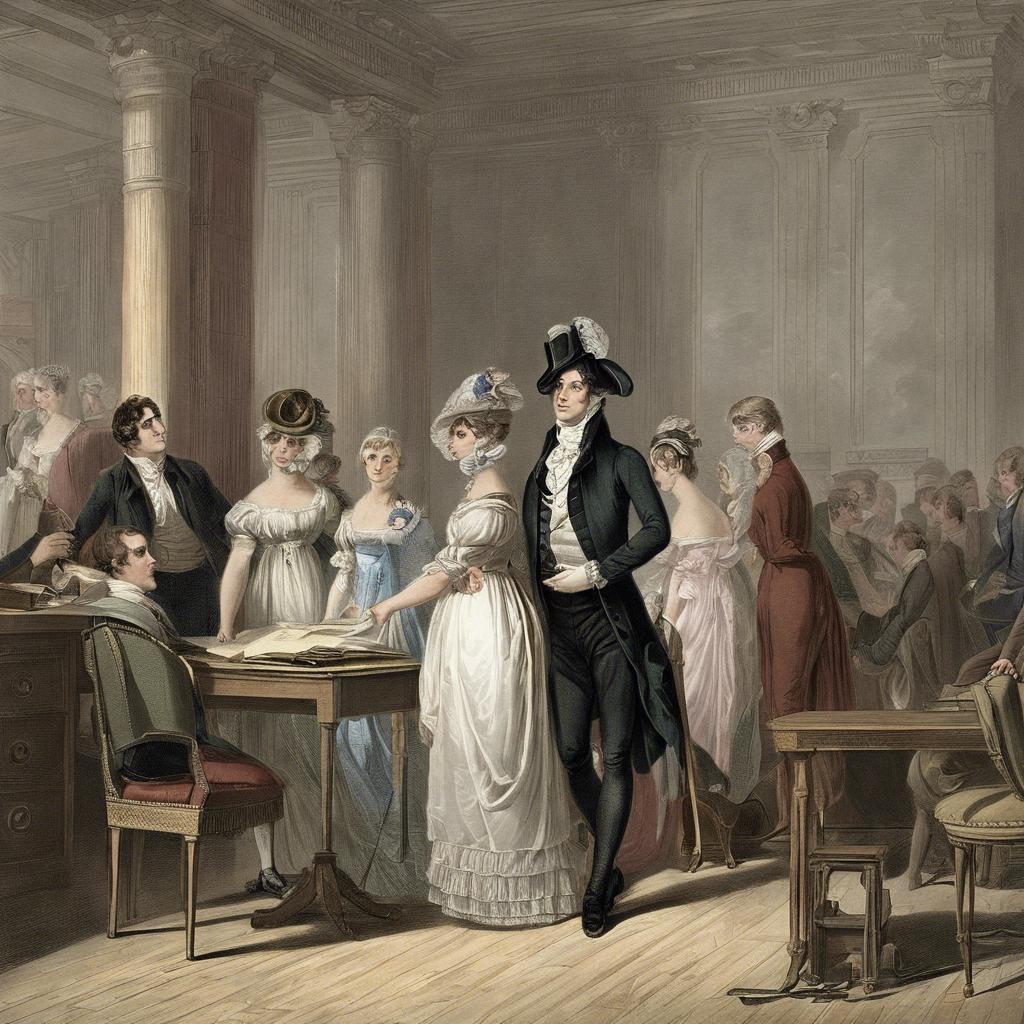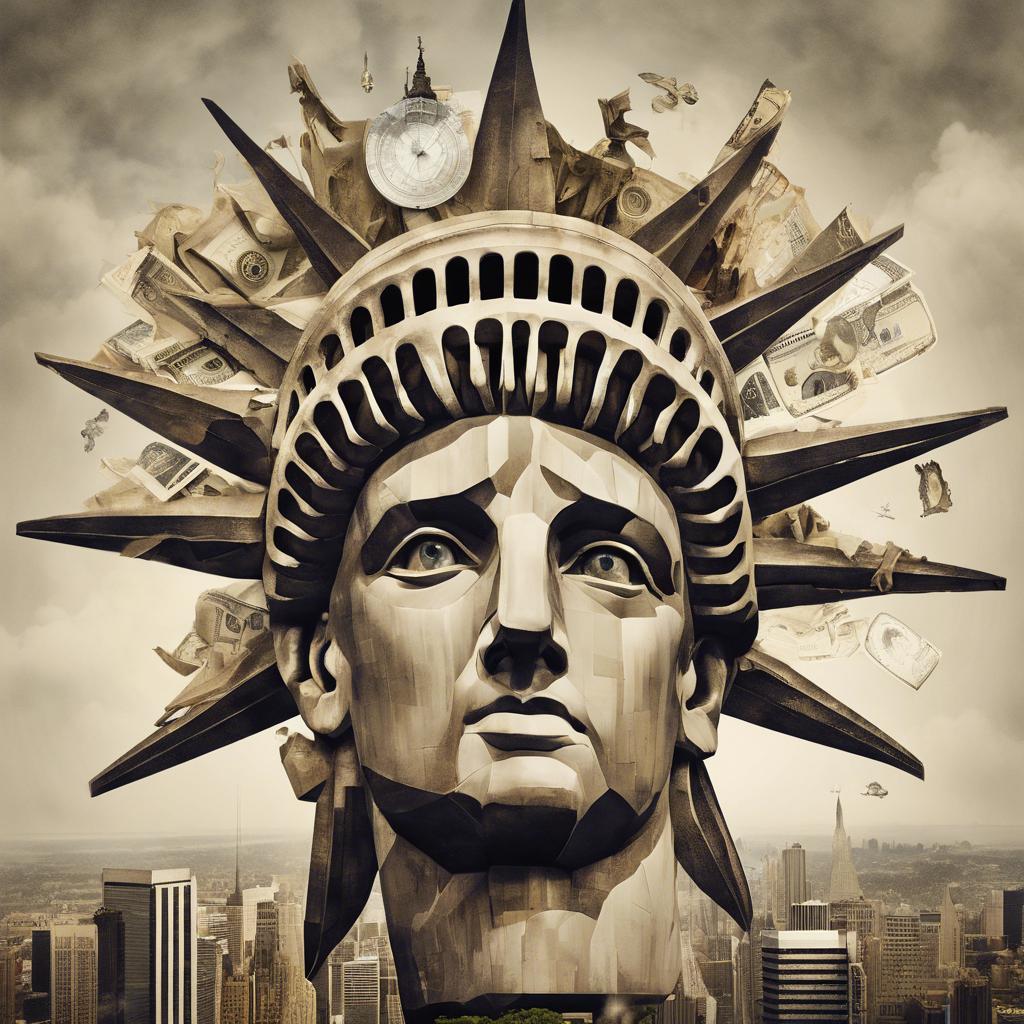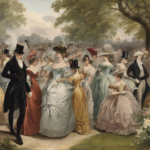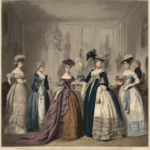During the early 19th century, a period of elegance, refinement, and societal change swept across America known as the Regency Era. Inspired by the flourishing reign of King George IV in England, this era marked a significant shift in American culture, politics, and fashion. From the rise of the first political parties to the emergence of a new aristocracy, the Regency Era in America left an indelible mark on the nation’s history. Join us as we delve into the fascinating world of Regency Era America, exploring its key moments, figures, and lasting legacy.
Step Into the World of Cheryl Bolen
Dive into the enchanting stories of love, intrigue, and elegance set in the Regency Era. Cheryl Bolen's novels offer timeless romance and captivating tales that will leave you wanting more.
Explore Cheryl Bolen's Books Now
Introduction to the Regency Era in America
The Regency Era in America, spanning from 1811 to 1820, was a time of elegance, style, and cultural transformation. This period, also known as the Federalist Era, was marked by the presidency of James Madison and the aftermath of the War of 1812.
During this time, American society was heavily influenced by the British Regency style, characterized by its emphasis on refinement, grace, and sophistication. The Regency Era in America saw a rise in luxurious fabrics, intricate designs, and elaborate manners.
Key features of the Regency Era in America included the prominence of social events such as balls, soirées, and dinner parties, where etiquette and fashion played crucial roles. Women’s attire featured high-waisted gowns, delicate fabrics, and intricate hairstyles, while men sported tailored coats, waistcoats, and cravats.
Social Life and Etiquette in Regency Era America
In Regency Era America, social life and etiquette were highly structured and governed by strict rules of decorum. Social gatherings, such as balls and dinner parties, were important events where individuals could showcase their status and manners. Proper etiquette was essential in navigating these social circles and making a good impression on others.
During this era, women were expected to adhere to a certain code of conduct, which included being modest, graceful, and refined. They were also judged on their ability to converse intelligently, dance elegantly, and dress tastefully. Men, on the other hand, were expected to be chivalrous, well-mannered, and courteous towards women. It was also important for individuals to be aware of social hierarchies and to show respect to those of higher rank.
In order to navigate the regency era aesthetic”>complex social landscape of Regency Era America, individuals had to be well-versed in the art of conversation, dance, and social graces. They also had to be familiar with the rules of etiquette, such as proper introductions, polite conversation topics, and appropriate behavior in various social settings. By adhering to these norms and customs, individuals could successfully navigate the intricate world of high society in Regency Era America.
Fashion and Trends of Regency Era America
The were heavily influenced by the European styles of the time, particularly those of England and France. Women’s fashion during this period was characterized by high waistlines, flowing fabrics, and empire silhouettes. The popular muslin fabric was often used for dresses, which were adorned with intricate embroidery, lace, and ribbons. Accessories such as bonnets, shawls, and gloves were essential to complete the look.
Men’s fashion in Regency Era America was equally elegant and refined. Tailored coats with high collars, fitted waistcoats, and breeches were commonly worn. Cravats were a staple accessory for men, adding a touch of sophistication to their outfits. The use of silk, wool, and velvet fabrics was prevalent, reflecting the status and wealth of the wearer.
Hairstyles also played a significant role in the fashion of the Regency Era. Women often wore their hair in loose curls or elaborate updos, adorned with feathers, ribbons, and flowers. Men typically sported short, neatly styled hair with sideburns or a slight curl at the forehead. These hairstyles, combined with the elegant clothing choices, created a sense of refinement and sophistication among the people of Regency Era America.
Literature and Arts Scene during the Regency Era in America
In the early 19th century, the Regency Era in America was a time of cultural flourishing in literature and the arts. American society was heavily influenced by European trends, particularly those of England, during this period. The literary scene was characterized by a surge in romanticism, with authors exploring themes of love, nature, and individualism.
One notable figure from this time was Washington Irving, whose works such as ”Rip Van Winkle” and “The Legend of Sleepy Hollow” captured the imagination of readers with their vivid storytelling and supernatural elements. Irving’s writing style reflected the romantic sensibilities of the era, drawing inspiration from folklore and the American landscape.
Artistic expression during the Regency Era in America also saw a rise in popularity, with painters like Gilbert Stuart and John Singleton Copley gaining recognition for their portraits and historical scenes. These artists depicted the burgeoning American identity through their use of symbolism and realism, contributing to the growing cultural heritage of the nation.
Future Outlook
the Regency Era in America was a time of great change and development. From the aftermath of the American Revolution to the flourishing of art and culture, this period marked a significant chapter in the nation’s history. The societal norms, fashion trends, and political landscape of the time all contributed to shaping the America we know today. As we reflect on this era, we can gain a deeper understanding of the forces that have shaped our nation and appreciate the enduring legacy left behind by those who lived during this remarkable time.


